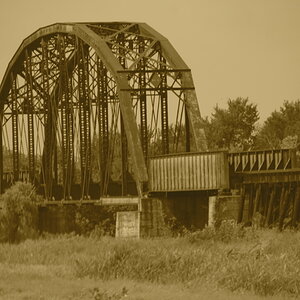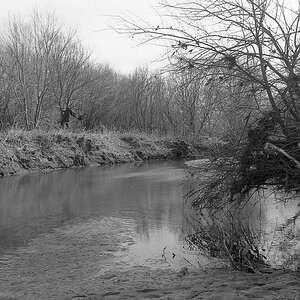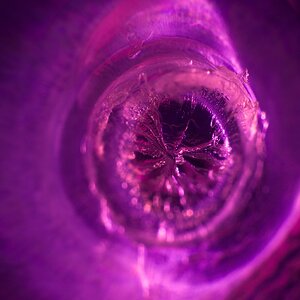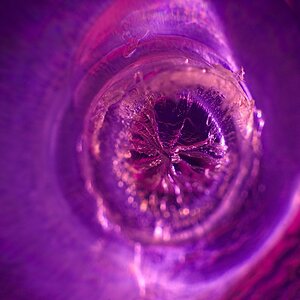Tarazed
TPF Noob!
- Joined
- Dec 18, 2010
- Messages
- 63
- Reaction score
- 2
- Location
- West Islip NY USA
- Can others edit my Photos
- Photos OK to edit
I know this is a common question. However, I'm just looking for a little more wisdom before I make the leap. I used a Nikon 1.4 teleconverter with my 80-200 afs to shoot an outdoor soccer game with excellent results. I will likely only use the teleconverter to shoot outdoor sports as I think the lens alone has enought reach indoors. Any preference for the 1.4 vs the 1.7? Some say the 1.4 does not make enough of a difference, but, I found it very helpful. I also have a nikon 55-300 vr, but don't use it much (for sports anyway) since I got the 80-200.
Thanks
Thanks




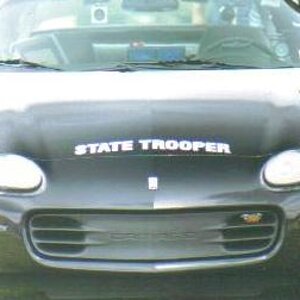
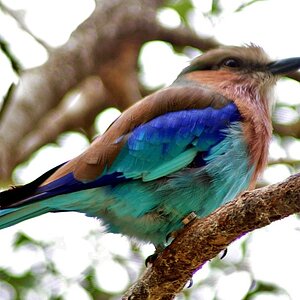
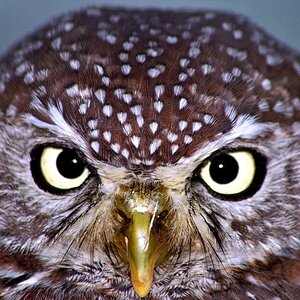
![[No title]](/data/xfmg/thumbnail/34/34079-552f58c1ec0f8485f9c24a5b1db49654.jpg?1619736268)

![[No title]](/data/xfmg/thumbnail/37/37608-63b0d340b0972479217b548a4026df96.jpg?1619738149)
